Exploring How Social Media Has Changed Art & Culture
In today's digital age, social media has become an integral part of how we share and consume art and culture. Platforms such as Instagram, Twitter, and YouTube have revolutionized the way artists and creators display their work and how audiences engage with art and culture. By making art and culture more accessible to the public, social media has opened up a world of possibilities for artists and creators.
Making Art & Culture More Accessible
Social media has made it easier than ever for artists and creators to share their work with a much wider audience. Through platforms like Instagram and YouTube, creators can share their work with millions of people around the world. This has allowed creators to reach an audience that would otherwise be difficult to reach. Additionally, it has made it easier for audiences to discover new artists and content they may not have come across otherwise.
Social media has also made it easier for audiences to engage with art and culture. Through platforms like Twitter, audiences can interact with artists and creators in real-time and get an inside look at the creative process. This has allowed audiences to develop a closer connection to the art and culture they consume. It has also provided audiences with a greater sense of connection to the artists and creators they engage with.
Potential Drawbacks
While social media has made art and culture more accessible to the public, it has also brought with it some potential drawbacks. As more and more creators flock to social media platforms, there is an increased competition for attention. This can make it harder for new creators to gain visibility, as their content can easily get lost in the noise. Additionally, there are concerns about the potential for creators to be taken advantage of by platforms and advertisers, as they may be pressured to produce content for little or no compensation.
In addition, there is a risk that social media can create an echo chamber of sorts, where only certain perspectives and points of view are shared and celebrated. This can lead to a lack of diversity and representation in the art and culture that is shared and consumed. This can make it difficult for certain creators and artists to get their voices heard.
Conclusion
Overall, social media has had a tremendous impact on the way art and culture is shared and consumed. It has made art and culture more accessible to the public, and it has allowed for the creation of closer connections between creators and audiences. However, it has also brought with it some potential drawbacks that need to be addressed. As social media continues to evolve, it is important to keep these potential drawbacks in mind in order to ensure that art and culture remain accessible and diverse.
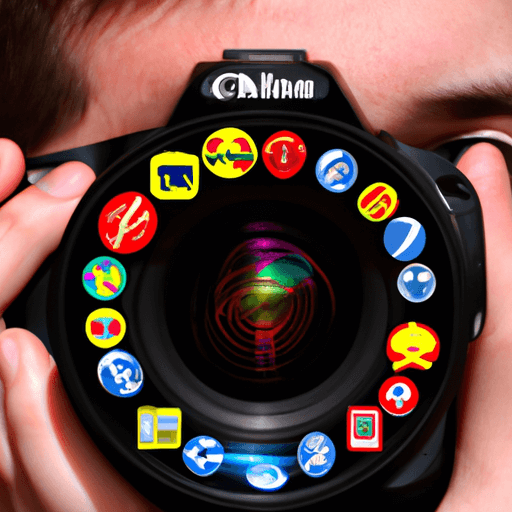
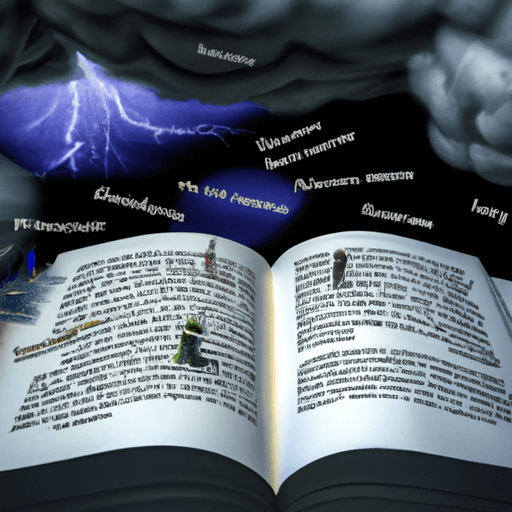
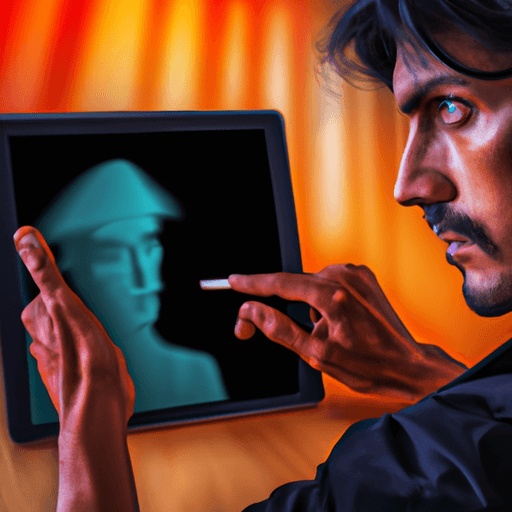
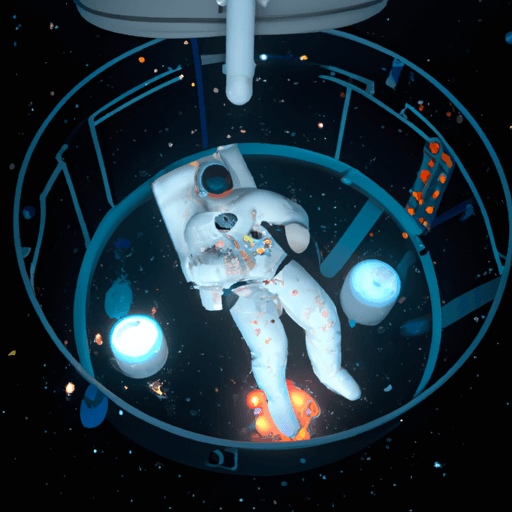
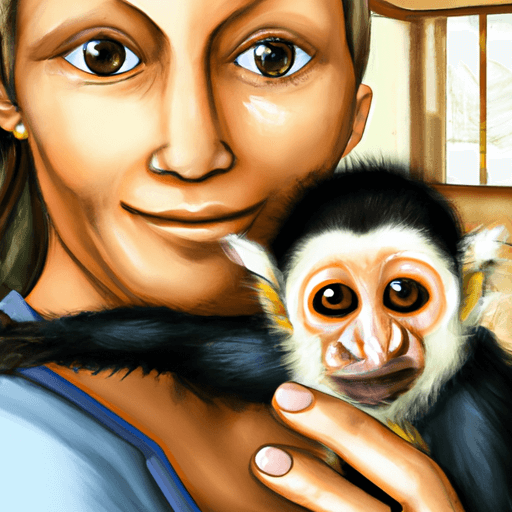
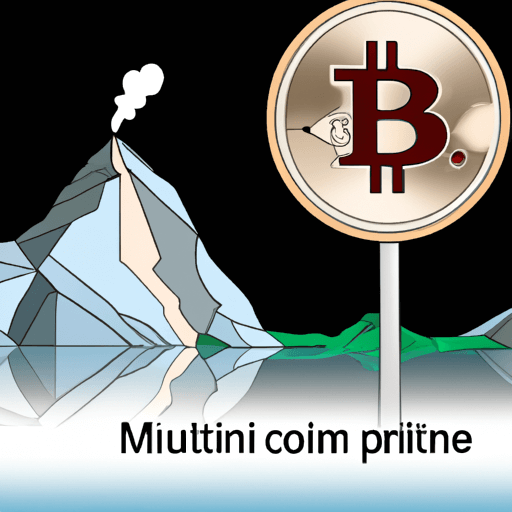

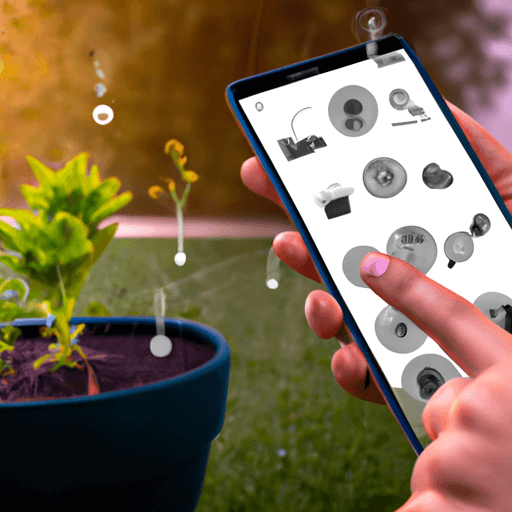
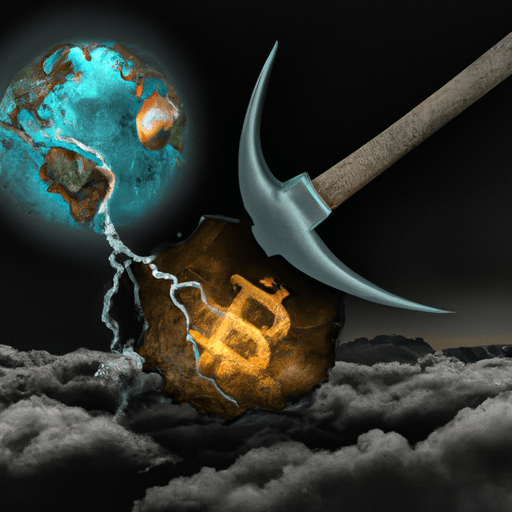
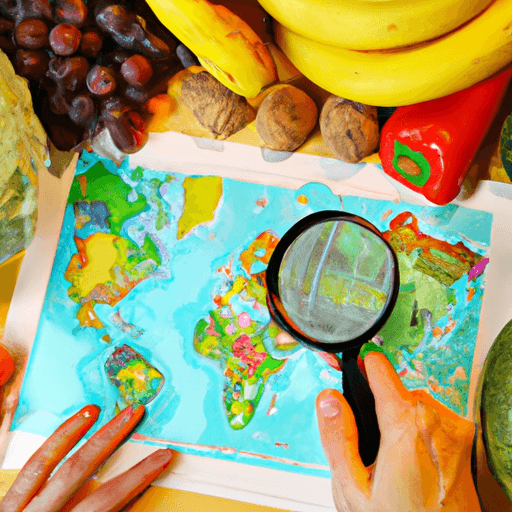




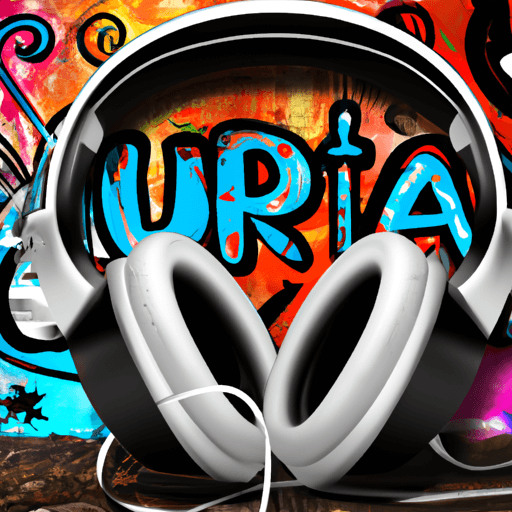
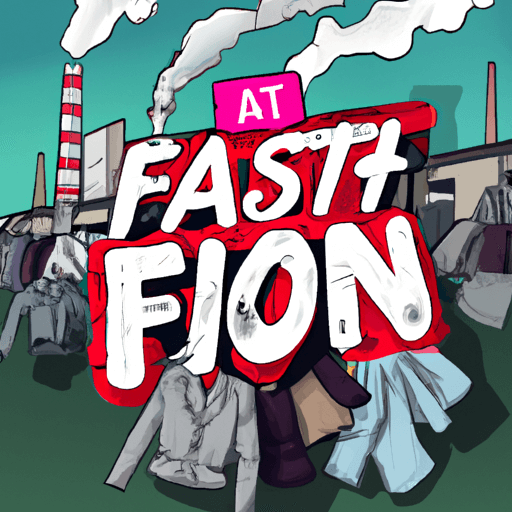

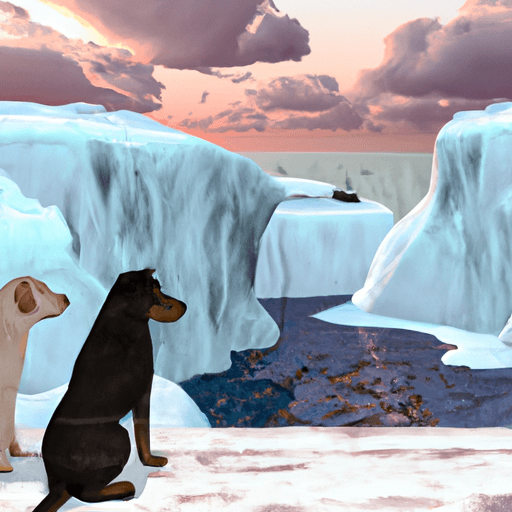
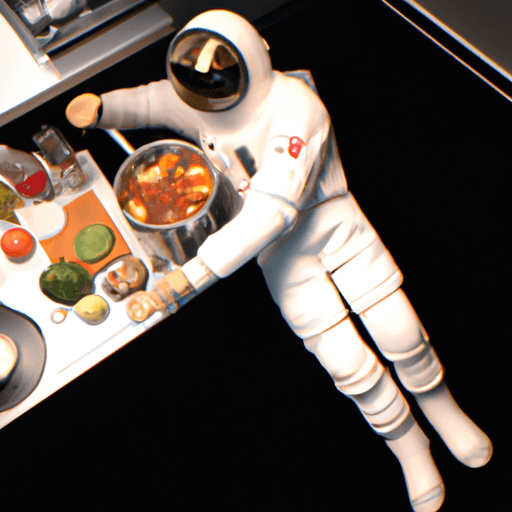

Comments
Leave a Comment